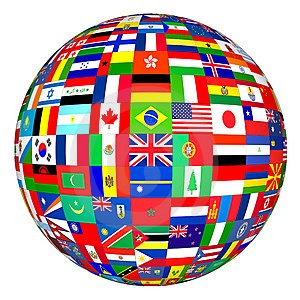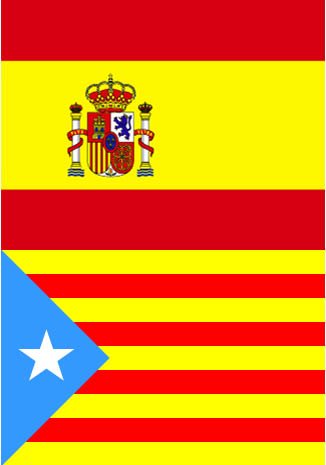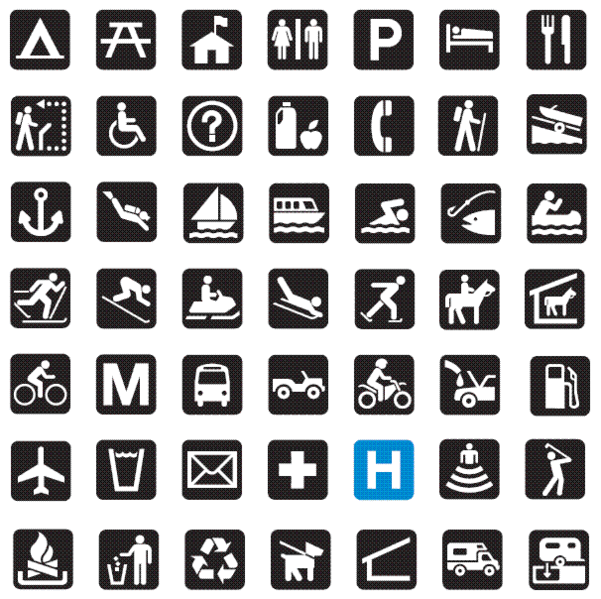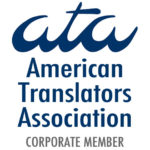Globalization, transnational business organizations and employees working across different countries have made translation services almost a must-have for companies all over the world. In fact, many of them would not be able to function properly if it weren’t for the valuable job that in- house or freelance translators or hired translation agencies do for them. From documents to glossaries, to technical manuals to legal records to signals and memos, almost every corporate piece of paper needs to be written in different languages so that everybody can understand them.
Free image courtesy of FreeDigitalPhotos.net
Translating for the Heavy Industry and Home Appliance Manufacturers
These are probably the less novel and surprising fields for translators to work for. In fact, we are so used to reading users’ manuals in different languages that we tend to forget that a professional translator has worked on them. From instructions on how to use a domestic dishwasher to really long documents with detailed information on how to install, dissemble and use complex industrial machines, the heavy industry and home appliance manufacturers need to rely on translators to make sure that the products they make are used correctly no matter where they are shipped. In general, translators working in this niche do not only have a great command of the language but also a strong technical knowledge, either because they are technicians or engineers themselves or because they’ve been translating that kind of documents for a long time.
Translating for the Health Care and Medical Industry
Over the last years, the demand for translation services for the health care and medical industry has risen. Laboratories and scientific research organizations that publish medical journals, elaborate drugs or do clinical trials need to communicate their findings and discoveries to the medical community across the world. Translating for the healthcare industry is extremely challenging as the language professional needs to be totally proficient in the language he is translating into and understand the text he is translating; a wrong interpretation can be really serious!
Hospitals that receive foreign patients or are considered reference centers to treat certain diseases or conditions also require the services of translators or interpreters not only because they need to ensure that the professionals working there have access to documents and files in their own language but also to make sure that patients understand what’s wrong with them and what healing treatment they can undergo. Many interpreters find this field really rewarding as it implies being in constant relation with people and they can appreciate first hand the benefits of their profession.
Translating in the Internet and Technology Fields
The demand of translation services in the Internet and technology fields is definitely on the rise. This is one of the most interesting areas translators can work for as almost every company across every niche has a website and e-commerce and it has made it almost compulsory for them to be available for a multinational audience. Translating websites not only implies knowing the language but also having a deep understanding of the culture to which the professional is catering. In other words, in this field in particular, the documents not only need to be translated but also localized to make sure they are fully understandable in the target country.
Video Game Translation
Translating video games is a fun and interest niche appealing mainly to young translators who like spending some time playing videogames. The linguist professional not only needs to translate correctly what the different characters are saying but also make sure their message is conveyed in a natural way to the target culture so that the player can really immerse himself in the action proposed by the game.
Translating PR and Marketing Documents
Working as a translator for a PR or marketing agency can be quite fun as it usually implies reading about products or services that are just about to be launched to a new country, working on slogans or marketing campaigns as a whole. Anyway, these documents need to be translated in such a manner that the right message is clearly conveyed making this translation field one of the most creative and challenging ones to work for as the translator must also bear the cultural background in mind.













